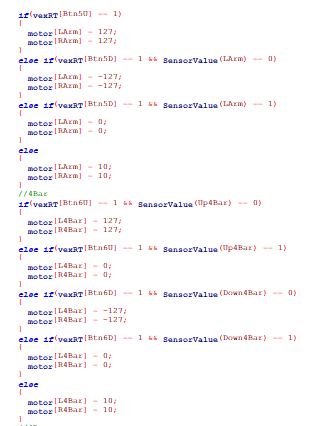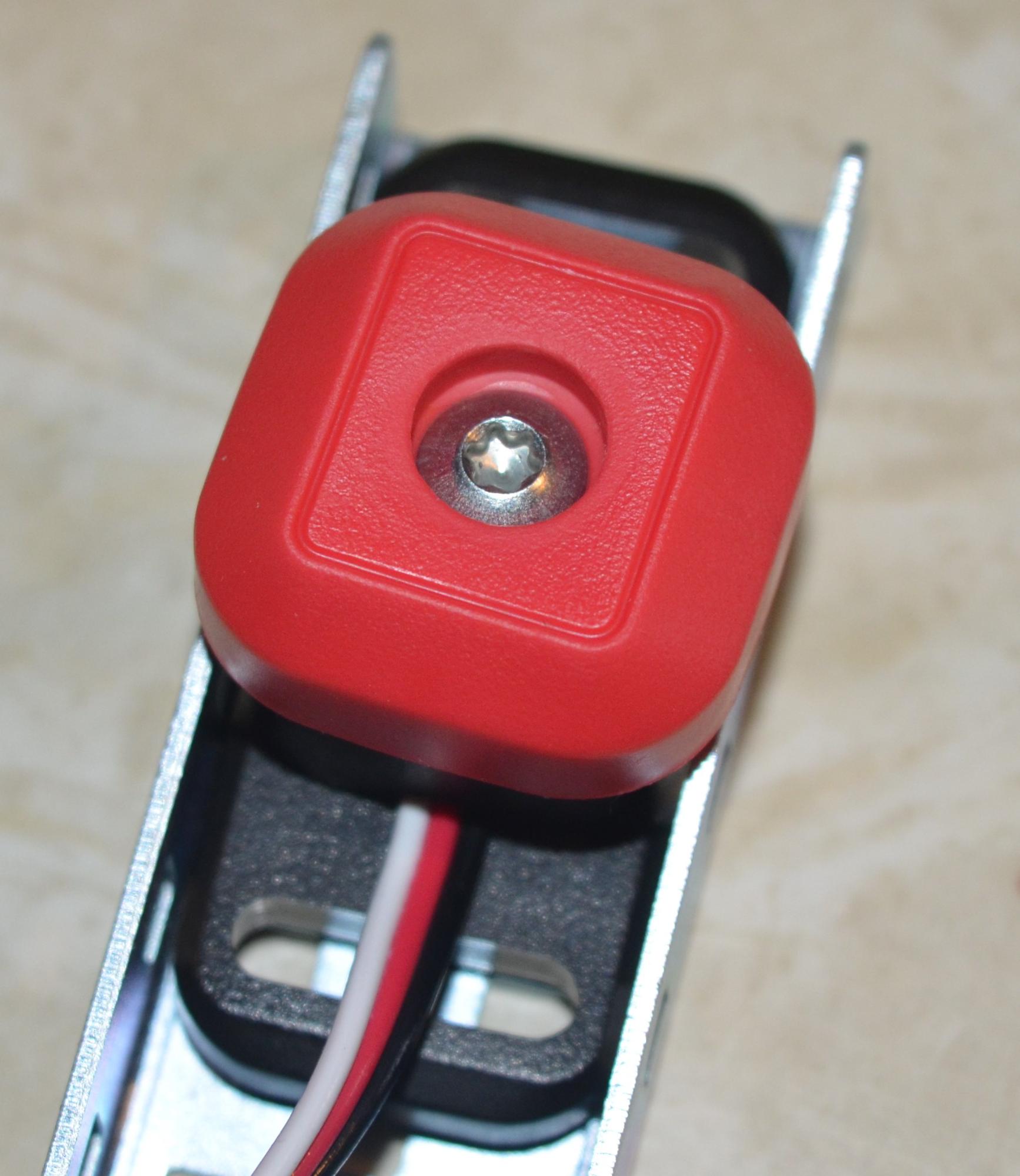
A numerical control machine such as a lathe has limit switches to identify maximum limits for machine parts or to provide a known reference point for incremental motions. A set of adjustable limit switches installed on a garage door opener shut off the motor when the door has reached the fully raised or fully lowered position. Miniature snap-action switches are components of devices like photocopiers, computer printers, convertible tops or microwave ovens to ensure internal components are in the correct position for operation and to prevent operation when access doors are opened. Rarely, a final operating device such as a lamp or solenoid valve is directly controlled by the contacts of an industrial limit switch, but more typically the limit switch is wired through a control relay, a motor contactor control circuit, or as an input to a programmable logic controller. Drag a Limit Switch from the frame on the left into the Robot Configuration pane. Step 3: Add a Limit Switch to the Robot Configuration Page. Step 2: Navigate to the Robot configuration window. These are digital inputs that register as ‘closed (pressed) or open (not pressed). Proximity switches operate by the disturbance of an electromagnetic field, by capacitance, or by sensing a magnetic field. Connect the Limit Switch to one of the 3-Wire Ports on the V5 Robot Brain. Programming the VEX Robot Limiting Motion Limit Switches You should already have two limit switches on your robot.

A reed switch may be used to indicate proximity of a magnet mounted on some moving part.

Limit switches may be directly mechanically operated by the motion of the operating lever. Standardized limit switches are industrial control components manufactured with a variety of operator types, including lever, roller plunger, and whisker type. A limit switch with a roller-lever operator this is installed on a gate on a canal lock, and indicates the position of a gate to a control system.


 0 kommentar(er)
0 kommentar(er)
